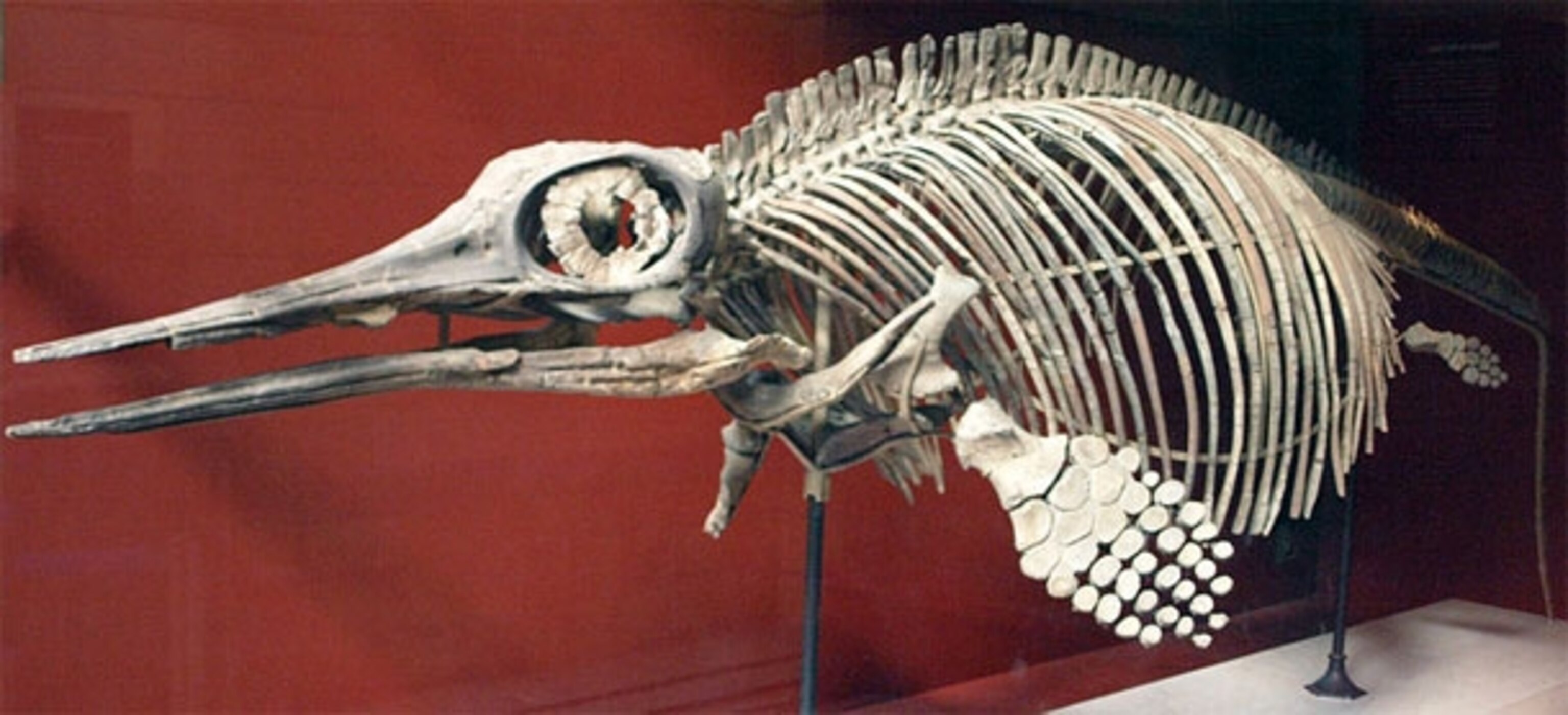
Jurassic bends – the rise of fast predators bubbled the blood of prehistoric reptiles
Experienced divers know that rising too quickly can be a fatal mistake. The changing pressure yanks previously dissolved gases out of one’s blood and forms tiny bubbles, like the fizz in a newly opened can of soda. Depending on where they emerge, the bubbles can cause everything from a rash (the skin) to seizures (the brain). To avoid this condition, known as decompression sickness or “the bends”, divers rise slowly.
Then again, if you’re being chased by a gigantic prehistoric shark, you may have no choice.
The bends were first described as a human ailment in 1841, but it has been afflicting diving animals for far longer. For decades, Bruce Rothschild has been studying bone diseases in prehistoric animals. He has found traces of the bends in the fossils of many ancient reptiles, which ruled the oceans while the dinosaurs walked the land. When the bubbles formed in bones, they blocked the local blood vessels, killed the surrounding tissue, and eventually caused the bone to collapse. The humerus – the bone of the upper arm – was particularly vulnerable.
Rothschild has found such signs among prehistoric turtles, dolphin-like ichthyosaurs, crocodile-like mosasaurs, and Nessie-shaped sauropterygians. Around 15 per cent of ichthyosaurs from the Jurassic and Cretaceous periods succumbed to bends-related injuries, which would have crippled their limbs and addled their brains.
The bends seems like a rookie error. Why would animals that spend all of their time in the water make the mistake of surfacing too quickly and building up crippling bubbles? And why would so many of them make that mistake?
There’s another mystery. Until recently, Rothschild had only looked at Jurassic and Cretaceous reptiles. He has since turned his attention to ichthyosaurs from the earlier Triassic period, studying fossils from seven different natural history museums across four countries. And he found… nothing. Not a single specimen had a trace of injuries caused by the bends.
Again, odd. You would expect the younger species of Jurassic ichthyosaurs to have evolved adaptations that protect them from decompression problems. If anything, the bends should be more common, not less, among the group’s first members.
Rothschild thinks one common factor explains both puzzling trends. The Triassic oceans had no big, fast-swimming predators that could have threatened the ichthyosaurs, and life was more leisurely. By contrast, the Jurassic oceans were filled with advanced sharks. In desperate attempts to outswim these new predators, the ichthyosaurs were more likely to rise too quickly. If jaws didn’t catch them, the bubbles did.
The whales and dolphins show a similar trend during their evolution. The earliest members of this group showed no traces of the bends. As they became more at home in the water, and were targeted by super-predators like killer whales, they were more likely to rise sharply from the depths. The whales eventually evolved ways of coping with the bends, including more oxygen-binding proteins in their blood that give them a tighter grip upon onto dissolved gases. But as Rothschild says, “Ichthyosaurs appear to have become extinct without making that transition.”
Reference: Rothschild, Xiaoting & Martin. 2012. Adaptations for marine habitat and the effect of Triassic and Jurassic predator pressure on development of decompression syndrome in ichthyosaurs. Naturwissenschaften http://dx.doi.org/10.1007/s00114-012-0918-0
Image by Captmondo
